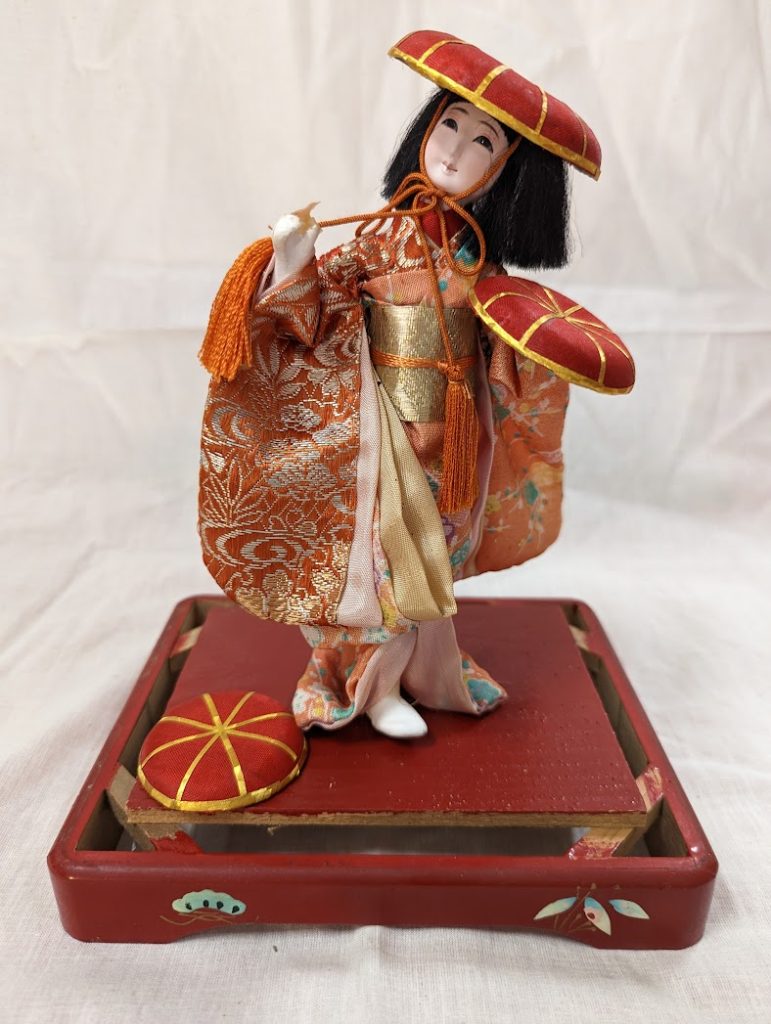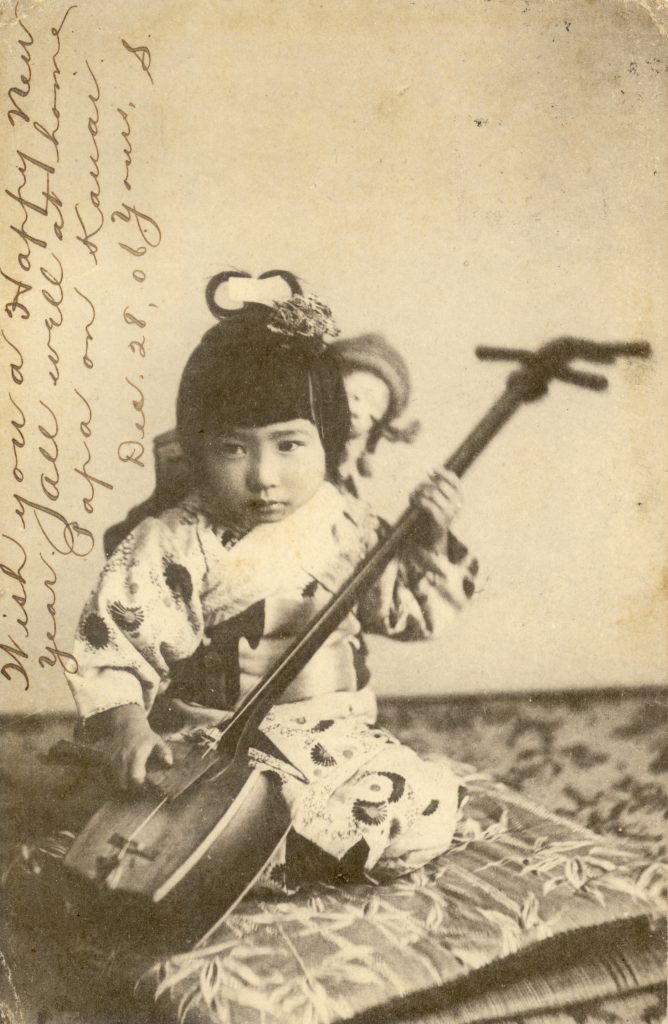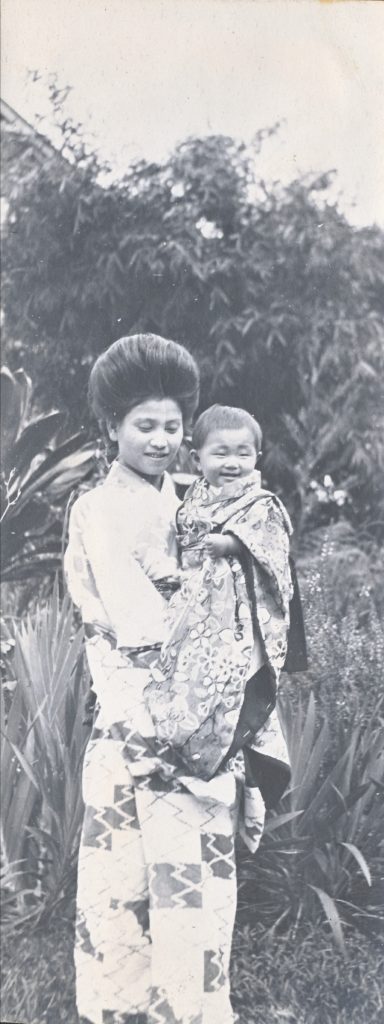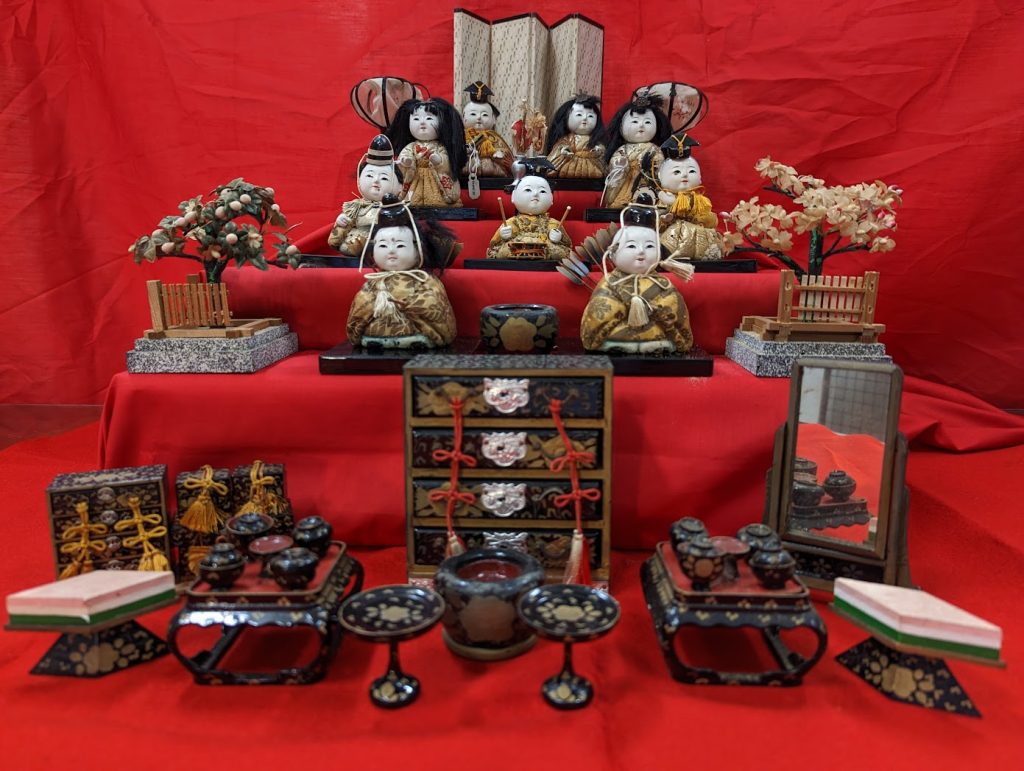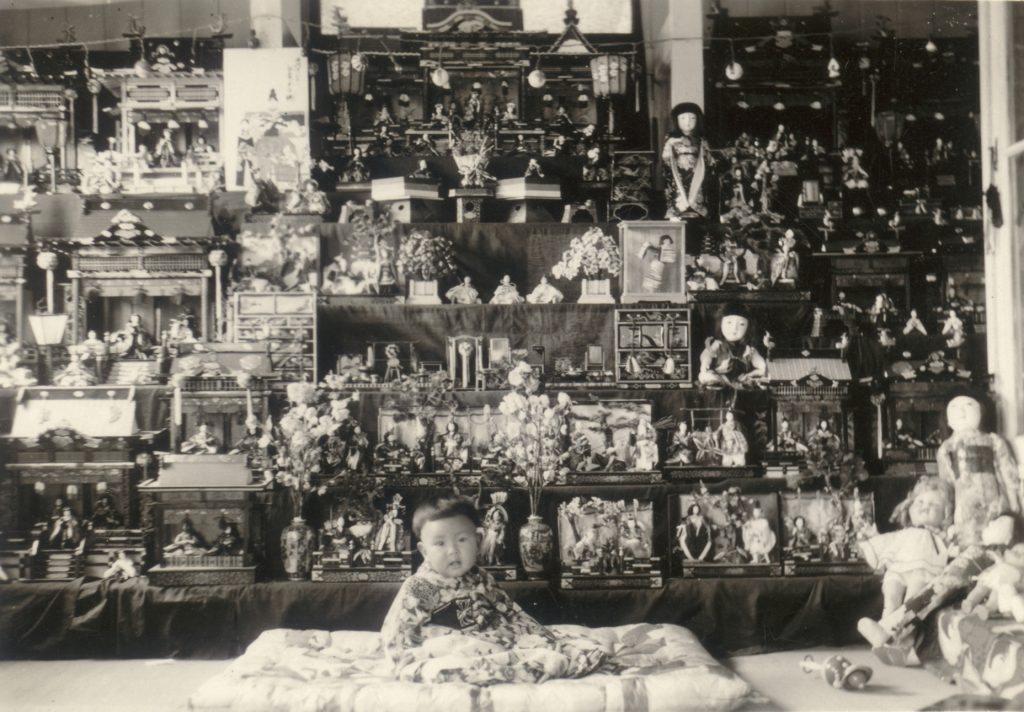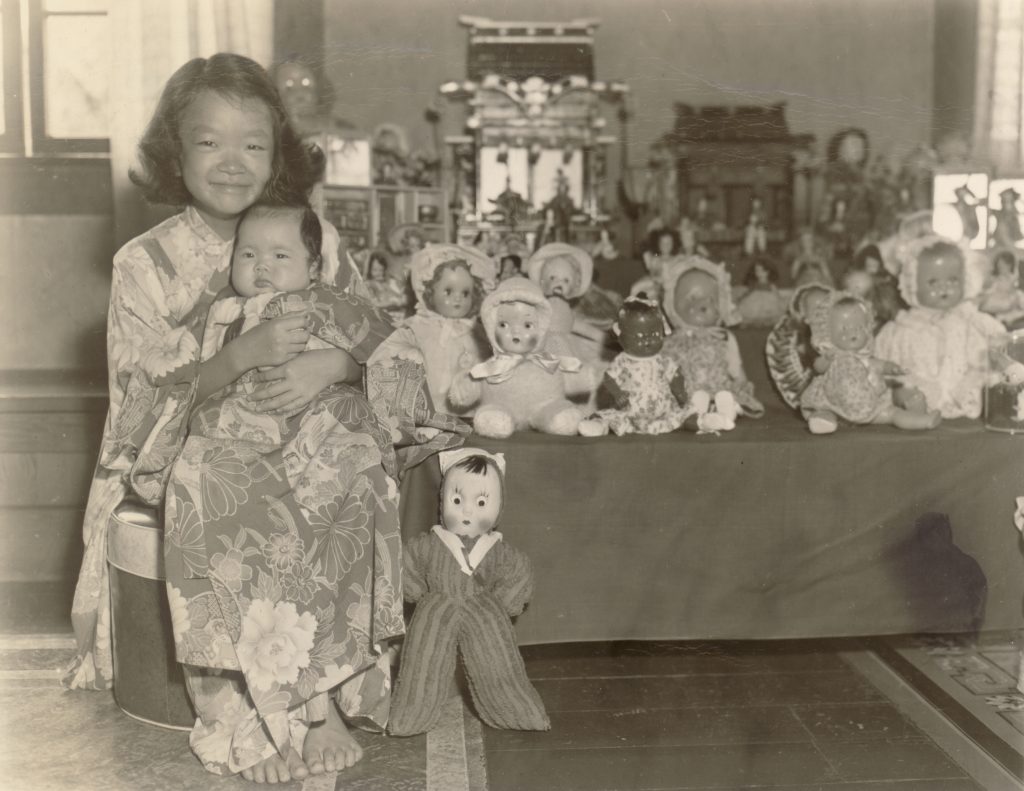What is Hinamatsuri? This doll festival or Girls’ Day is celebrated on March 3 in Japan and Okinawa. Hina are special dolls and matsuri means festival or holiday. The day is dedicated to the health and well-being of girls and celebrates peace, beauty, and happiness.
In Hawaiʻi many Okinawan and Japanese immigrant families still celebrate by displaying dolls, giving gifts, and eating special foods. Girls are given their first doll and may grow a collection. Red cloth, symbolizing peace and prosperity, is used for festivals and as a backdrop for dolls.
Families may prepare ushiojiru (clam soup, as clam shells represent a joined pair), chirashizushi (raw fish and cooked vegetables on rice), shirozake (white sake), amazake (non-alcoholic sake), sakura mochi (rice cakes with salt-pickled cherry leaf or cherry blossoms) or hishi mochi (multi-colored rice cakes) for the day.
This festival has Shinto religious roots based on the return of Spring. During the Heian period (794 to 1185 C.E) people made straw dolls representing negative energy, bad luck, misfortune, and disaster and set them into local rivers to float away.
